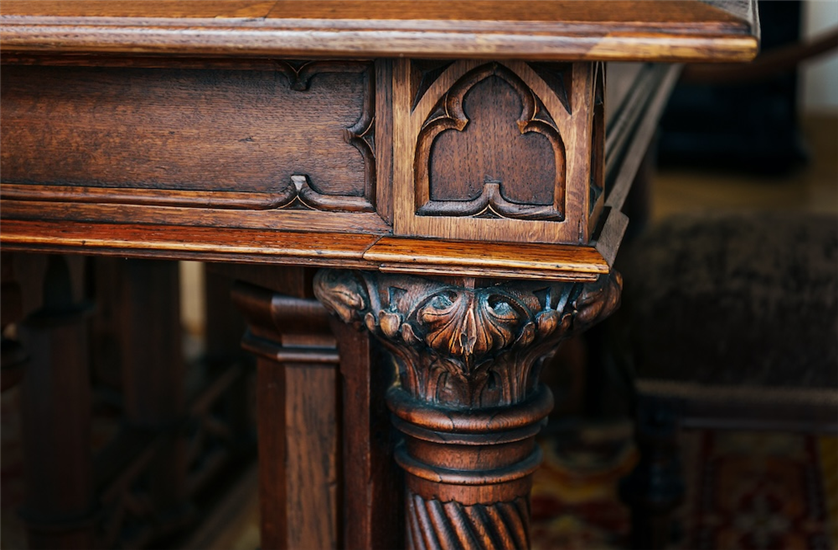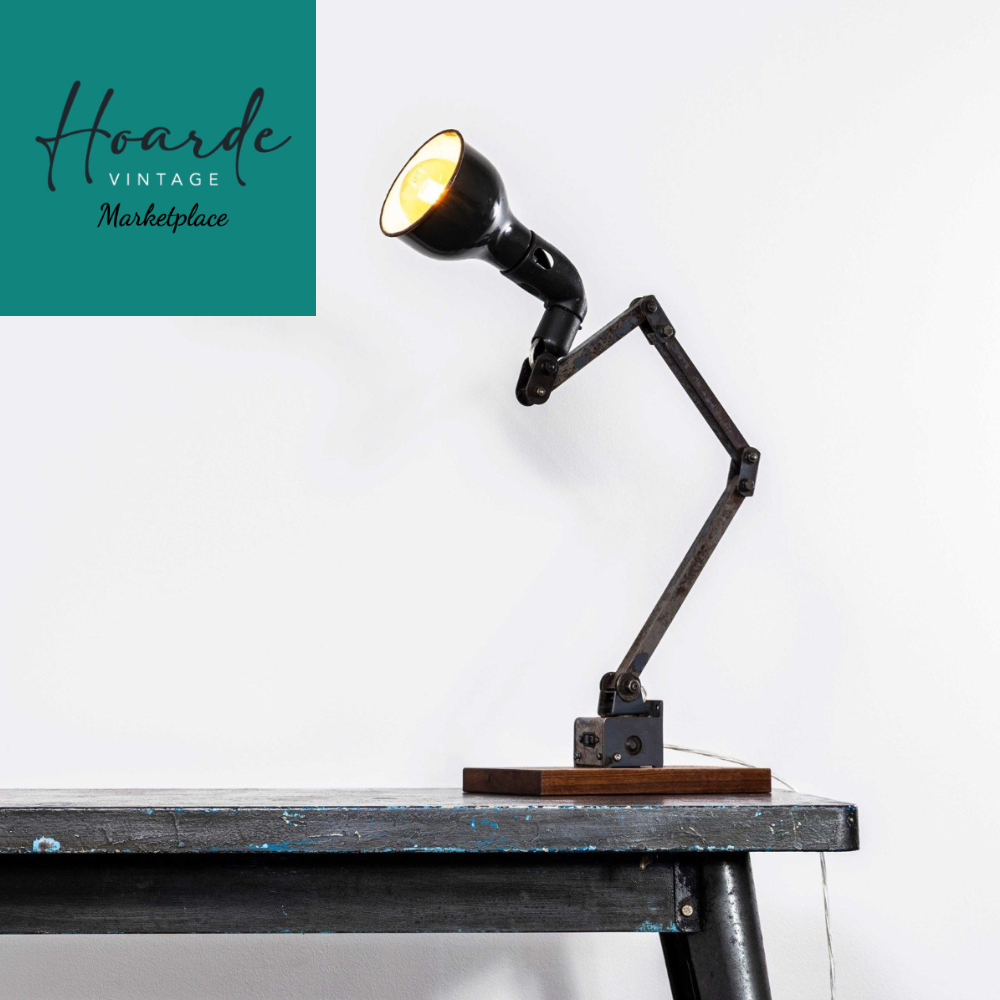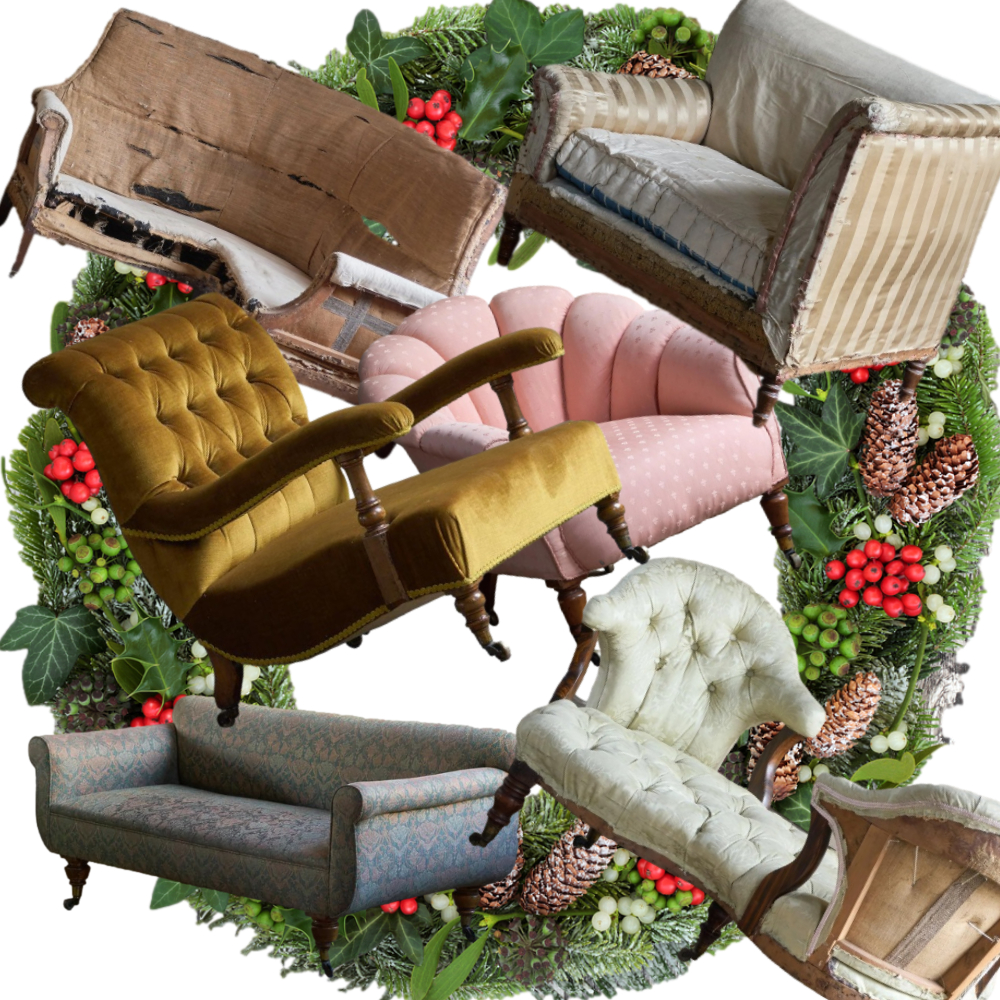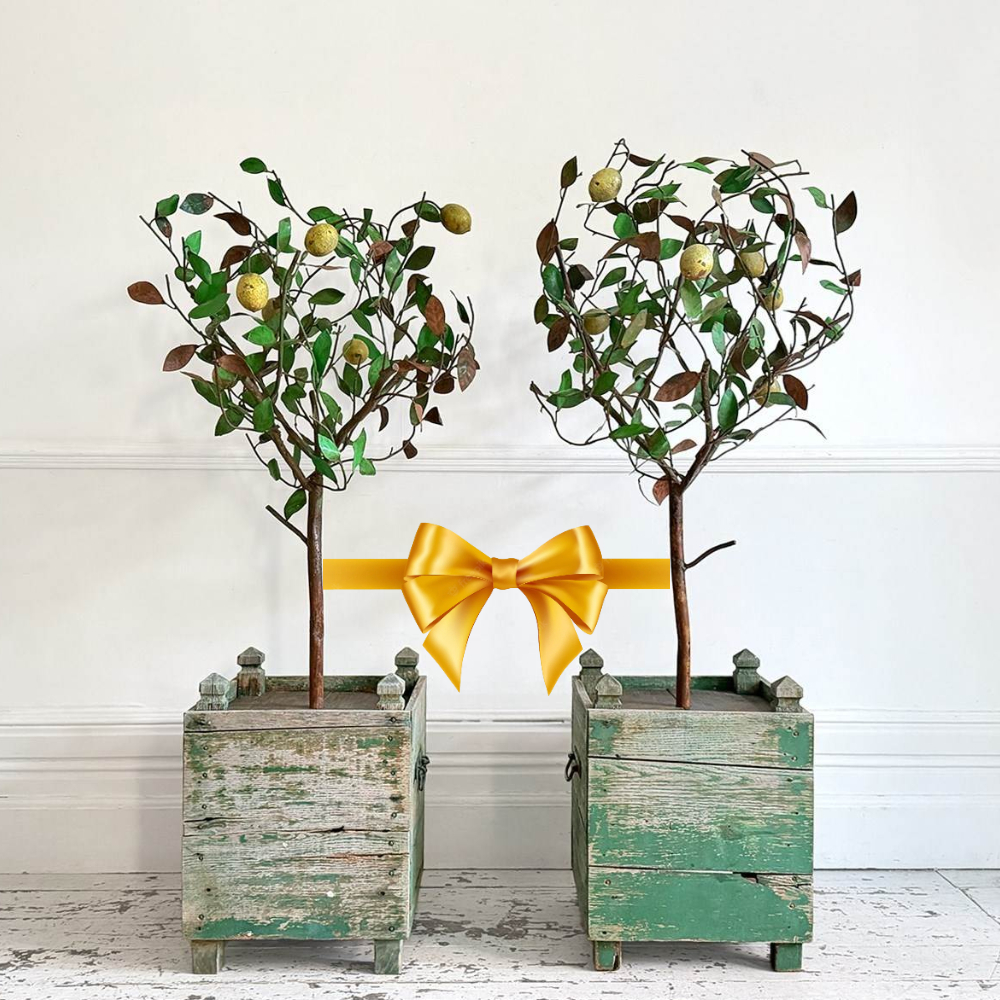
In the early days of furniture production, wood was a primary material used for furniture since metals were not widely available until the late 19th century. So, whether you’re an experienced antique collector or a curious enthusiast, identifying the different types of wood seen across antique furniture is a great skill to add to the set and enhance your antiquing knowledge.
By identifying the wood type used, you can start to determine the antique’s period, understand its value, and learn how best to care for it. Our short guide will explain how to recognise the different types of wood found in the antique world, from the deep, warm hues of mahogany to the unique, intricate grains of oak.
So, let’s get started and branch out your knowledge.
Historical wood types, their uses and how to identify wood grain
With over 60,000 species of trees worldwide, it’s no surprise that various types of wood have been used throughout the history of furniture production. Each tree species produces wood with its own characteristics, from grain patterns to overall colour, making some more favourable than others for furniture use.
When discussing wood grain patterns, we refer to the lines and fibres that create a textured pattern throughout the cut. The grain pattern results from the tree’s growth rings and can widely vary for different species of trees, making it a great way to identify the various types of wood.
But why is it useful to identify wood types?
Different eras favoured certain woods based on trends and availability at the time; for example, mahogany was incredibly popular during the 18th century, while oak was more commonly used in previous periods. Knowing what kind has been used can help you estimate the age of antique wood
Below are some of the most common types seen in antique wooden furniture and how to identify their wood grain patterns:
Oak
Oak is a pale hardwood that darkens with polishing and UV exposure. It is heavy and known for its durability in furniture. Due to its weather-resistant, porous texture, oak has also been used for construction and flooring.
The oak wood grain is distinguishable, with large pores and condensed, coarse patterns throughout the timber. The grain lines are often a mix of straight, wavy, ray fleck, and tiger stripe, creating an uneven texture that lends it a rustic or traditional appearance.
Mahogany
Another type of hardwood that’s been used in furniture for hundreds of years. This wood is renowned for its deep, warm hues and is probably one of the most identifiable due to its colour. With a natural resistance to rot, mahogany has historically been used for building boats.
Mahogany has a straight and consistent grain, is known for its lack of knots and pockets, and has a smooth texture, giving it that luxurious feel. But that’s not to say that these features don't appear.
Walnut
A resilient hardwood, walnut has been used for centuries in furniture and flooring. This type of wood has a unique dark colour with cooler tones accented by its contrasting grain patterns, which can be straight, wavy, or curly.
These beautiful grain patterns have led to walnut wood's use in decorative furniture pieces such as cabinets, wood flooring, tables, and chairs.
The bottom line
In this guide, we’ve discussed some of the most common wood types used in antique furniture and how to identify them through colour and wood grain. Knowing how to identify the different types of wood in antique furniture doesn’t just help you appreciate the pieces for their charming looks; it's an incredibly useful skill in estimating the age and authenticity of a piece.
It can seem a little overwhelming, but no one becomes an expert overnight. Remember, if you are uncertain about a piece, don’t hesitate to ask someone with more experience and learn what you can from them.






